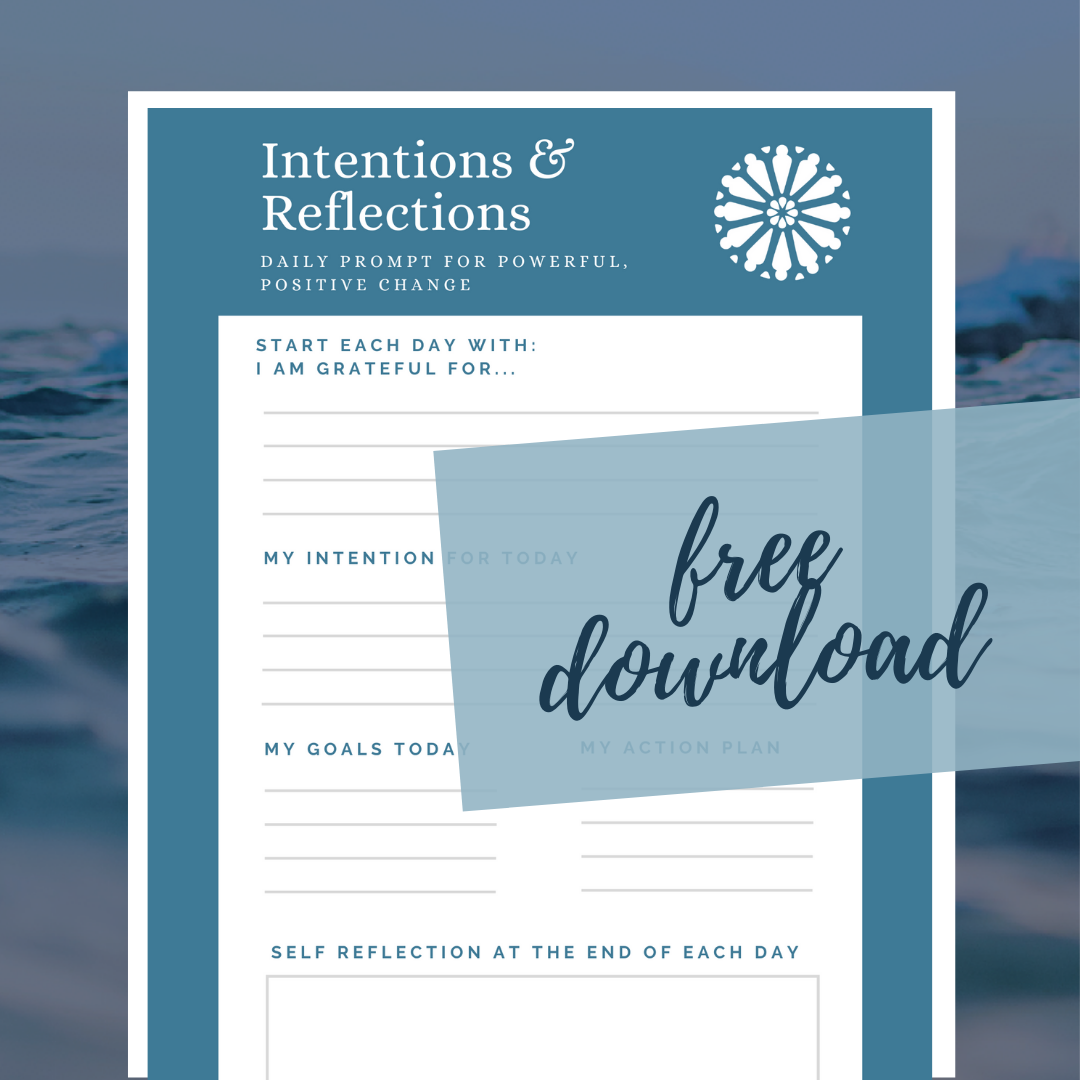Why Boundaries can be triggering…Part II

Laughter is the best medicine…Getting a hefty dose here with my father.
Hello from Croatia,
Quick update: Dad is doing OK and is touched (and puzzled) by everyone’s inquiries and interest. He sends his gratitude and appreciation.
Do y’all have a place you love to go to feel re-charged, inspired and get clarity on life issues you might navigate? Croatia is that place for me. It’s also where I’m most reminded of differences in culture, traditions, customs and yes, boundaries. Spending time with family can be both healing as well as triggering. Mostly, being here inspires me: I’m creating my first retreat in Sept 2023-I would love to share my annual experiences with you.
However, that’s for a future post….let’s continue on the topic of boundaries:
Part II of The Boundaries Series
Recap: we outlined what boundaries are (guidelines, limits), why they’re healthy (self-care & self-respect), the 6 types (physical, sexual, time, emotional, intellectual, material) and barriers to setting boundaries (fear of rejection & conflict). If you missed the blog or want to read it again, here’s the link.
Styles of boundaries: Rigid, Porous & Healthy
A person who always keeps others at a distance (whether emotionally, physically, or otherwise) is said to have rigid boundaries. A few examples of someone with rigid boundaries:
quick to cut people out of their life; don’t believe in second chances, apologies or to work things out.
rigid rules about what they’ll do and when they’ll do them; won’t make exceptions or be flexible.
tend to have surface-level relationships; have trouble trusting people and are reluctant to share anything personal.
People with porous boundaries are too involved and enmeshed with others; they’re often highly dependent on other people and struggle with feelings of anxiety, burnout and the need to please others. Have trouble saying “no.” Here are a few examples of a person with porous boundaries:
afraid of rejection, criticism, disapproval, and conflict. Therefore, they remain passive, go along with what others want or need, trying to keep them happy in order to avoid uncomfortable feelings.
don’t speak up when mistreated. Someone with healthy boundaries can recognize abuse, disrespect, manipulation, and other forms of being taken advantage of and they don’t tolerate it.
frequently overscheduled, busy, and tired because they didn’t set limits; saying yes to things that they dont really want to do, that dont match their priorities or values, or dont have the time or money to do.
Someone with healthy boundaries can say “no” to others when they want to, but are also comfortable opening themselves up to intimacy and close relationships.
In essence, healthy boundaries = you take responsibilities for your own actions and emotions while NOT taking responsibility for someone else’s actions or emotions.
5 tips for setting healthy boundaries:
Be clear about what you want. The more specific and clear about what you want and why it’s important will help you communicate your needs clearly- and stay the course when it gets tough.
Be direct and succinct. It’s more effective to be direct and not apologizing when communicating your boundaries. Why? Messages/boundaries get diluted by justifications, explanations and apologies.
Boundaries are for your own well-being, not to control others. They’re a form of self-care & love. It’s something you do for your own well-being, not to control or punish others. Boundaries protect you from being taken advantage of, overcommitting, overworking, feeling overwhelmed, and physical and emotional abuse or harm.
Expect Resistance. When you start setting boundaries, some people will respond poorly, resist or argue with you. Don’t let that deter you; you’re not responsible for how others react to your boundaries. One of the most common reasons for not setting boundaries is a fear of conflict. Stay strong yet flexible when appropriate.
Remember: it’s an ongoing process. Boundaries are continuously set; often we can’t just set a boundary and be done with it. The same boundary may need to be set repeatedly with the same person. And as your needs change, you might need to set different boundaries.
Bonus tip: Use your feelings as a guide/ signpost. Anger, hurt, resentment, fear, and discomfort are common emotional responses to boundary violations.
Hope this was helpful. Where do you struggle the most with boundaries? I’d love to know-hit reply and share if you will.
Remember: Awareness is the birthplace of possibility. Everything you want to achieve begins here. Stay aware, my friends.
To Powerful, Positive Change…Cheers!
Adela

“Adela helped me during my darkest hours, when I felt hopeless and alone. Her compassion and support helped me find strengths within myself I didn’t know existed. Her belief in me became my guiding light until I could carry it for myself.”
– Jennifer
